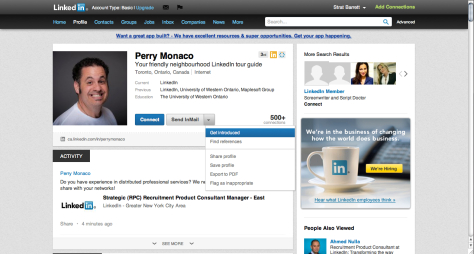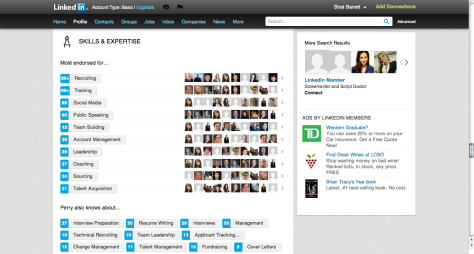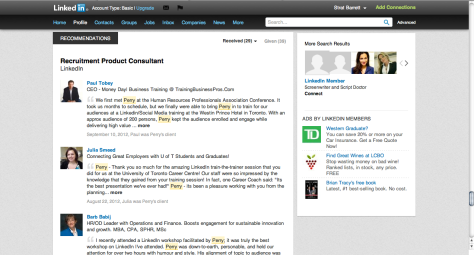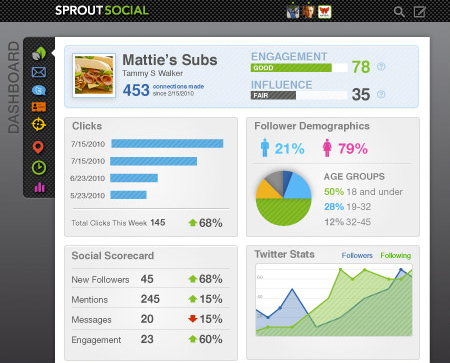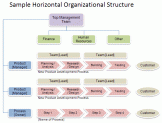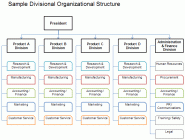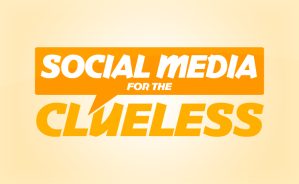In some of our previous convos, we’ve touched on the importance of knowing your online audience when trying to make viral videos, as well as how to shape your online presence in being a part of that greater audience. There are many kinds of people online and trying to understand their activity can be a challenge. However, this blogger almost always seems to be stressing the importance of knowing that audience; so how do we kick-start the complex task of understanding the web? Well, here we’re going to take a look at the anatomy of a website visitor, focusing on how to get the attention of web visitors.
As we’ll see, there’s no algorithm to understanding your online audience. Though Google’s algorithms and other online aggregate websites provide great tools that can help you attract web visitors and appropriately target your content to them.
Brandt Dainow, an independent web analytics consultant and the CEO of ThinkMetric, has provided a framework for understanding how web visitors shop online. He defines three specific kinds of web visitors, and how conversion mechanics work to influence each visitor in making an online purchase.
Basically, every visitor has a baseline purchase probability that determines their initial chance of purchasing something online. There is a visit effect (the effect of visiting a website on the visitor’s purchase probability) and a purchase effect (the effect of past purchases on the visitor’s purchase probability) that combine to either positively or negatively impact the chances of a website visitor purchasing something. In this, website interaction and past experiences determine the actions of website visitors, allowing us to apply Dainow’s work outside the scope of e-commerce.
His anatomy of a website visitor can illustrate the ways online audiences use the Internet to find whatever it is they’re looking for, whether that be in e-commerce or any other aspect of the attention economy. According to Dainow, any website visitor is navigating the web as one of the following:
- The Browsing Visitor.
- The Research Visitor.
- The Focused Visitor.
[BROWSING VISITORS]
 These are the window shoppers of the Internet. Browsing visitors are surfing the web for pure infotainment, traveling around social media to see what’s happening or searching the web in random areas of interest. Dainow describes the browsing visitor as being the most likely to be your “impulse purchaser.”
These are the window shoppers of the Internet. Browsing visitors are surfing the web for pure infotainment, traveling around social media to see what’s happening or searching the web in random areas of interest. Dainow describes the browsing visitor as being the most likely to be your “impulse purchaser.”
What this means for any other website is that browsing visitors will comprise that part of your audience that stumbles onto your website through a social media link or targeted ad. It’s not easy to find these specific visitors because of their broad web activity, but you can take steps to prepare for their random visits. Browsing visitors are highly influenced by design, so keep your web content minimal and your design simple to explore.
[RESEARCH VISITORS]
 Research visitors are using the web for one thing; research. They have an idea of what they want to purchase, but want to make a more informed decision. There are two types of research visitor: Focused and Background. The focused research visitor knows what product or service they need and want to compare options, while background research visitors are trying to learn more about a general industry; not a specific product or service.
Research visitors are using the web for one thing; research. They have an idea of what they want to purchase, but want to make a more informed decision. There are two types of research visitor: Focused and Background. The focused research visitor knows what product or service they need and want to compare options, while background research visitors are trying to learn more about a general industry; not a specific product or service.
This means that a research visitor can be more easily identified, because of their confined activity online. A research visitor is most likely beginning their web experience on a search engine, so search engine marketing (SEM) is your best tactic in gaining their attention.
[FOCUSED VISITOR]
 Search engine marketing is a great tactic for attracting focused visitors as well. The focused visitor has graduated from being a research visitor and knows exactly what they are looking to buy. They’re visit is most likely with the intention of purchasing something, so they will value the navigability of your website.
Search engine marketing is a great tactic for attracting focused visitors as well. The focused visitor has graduated from being a research visitor and knows exactly what they are looking to buy. They’re visit is most likely with the intention of purchasing something, so they will value the navigability of your website.
More importantly, the focused visitor is easiest to find online. They’re the online browsers that are using specific keywords to search for their content and navigating the more popular websites because they know what they’re looking for. This means that these audiences are going to be the easiest to target online. We’ll discuss how to do this in a later post.
[SUMMARY]
Dainow’s conversion mechanics in his anatomy of a website visitor describes the purchasing behaviour of online shoppers. His categorization of website visitors (into the browsing visitor, the research visitor, and the focused visitor) can be applied outside of e-commerce. It helps us define the kinds of audiences that are visiting our websites and allows us to target our desired audience, depending on how confined their online activity is.
A research or focused visitor will be easier to find through search engine marketing techniques than the more erratic browsing visitor. SEM is extremely valuable to every website, because it connects demand to supply.
 Our next post will revolve around Search Engine Marketing (SEM) and other online tools that help us understand the activity of our three website visitors. By first understanding the kinds of visitors that are navigating the web, we can begin to understand the different techniques that will best influence each in gaining their attention.
Our next post will revolve around Search Engine Marketing (SEM) and other online tools that help us understand the activity of our three website visitors. By first understanding the kinds of visitors that are navigating the web, we can begin to understand the different techniques that will best influence each in gaining their attention.





